New National Tyrewise Regulations Effective 1st March – A Tyre Stewardship Fee Will Apply To Manage End-Of-Life Tyres Disposal. See Details.
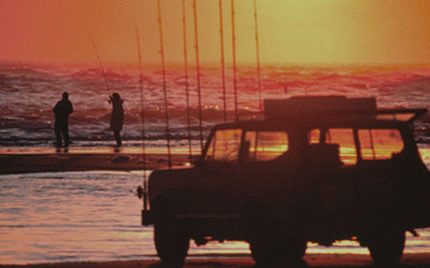
Tyrepower is the largest independent tyre retailer in New Zealand and Australia with over 260 stores.
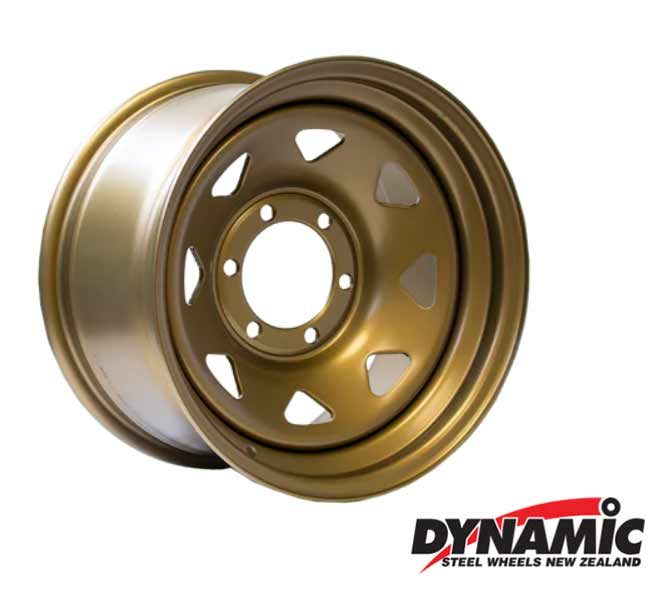
"*" indicates required fields
Hub Centric Fitments
Structural Lifetime Replacement Warranty
Centre Bore Locating Technology
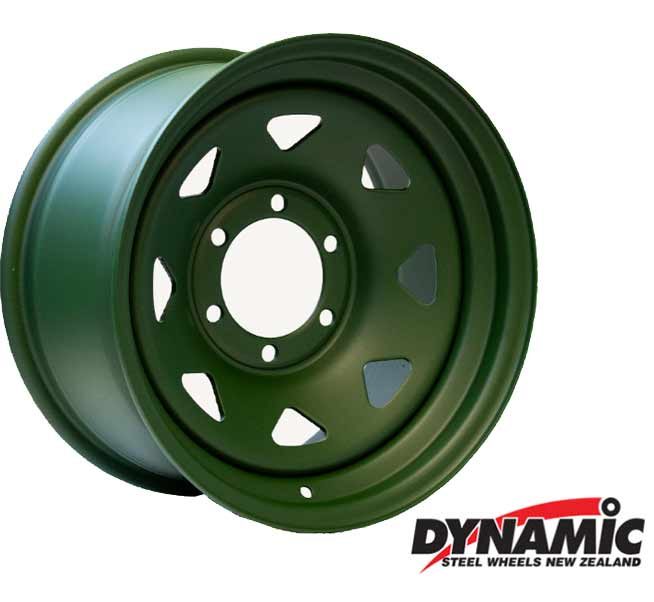
"*" indicates required fields
Hub Centric Fitments
Structural Lifetime Replacement Warranty
Centre Bore Locating Technology
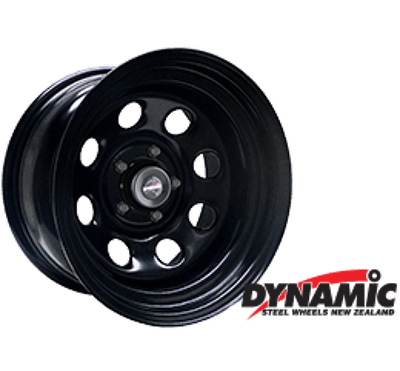
"*" indicates required fields
Hub Centric Fitments
Structural Lifetime Replacement Warranty
Centre Bore Locating Technology

"*" indicates required fields
Hub Centric Fitments
Structural Lifetime Replacement Warranty
Centre Bore Locating Technology
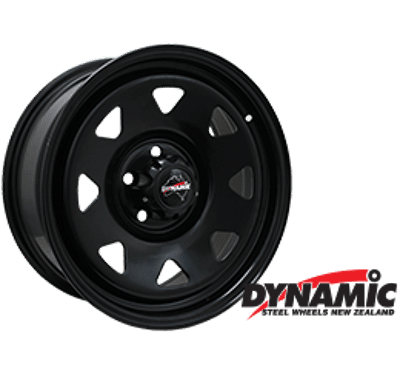
"*" indicates required fields
Hub Centric Fitments
Structural Lifetime Replacement Warranty
Centre Bore Locating Technology

"*" indicates required fields
Hub Centric Fitments
Structural Lifetime Replacement Warranty
Centre Bore Locating Technology
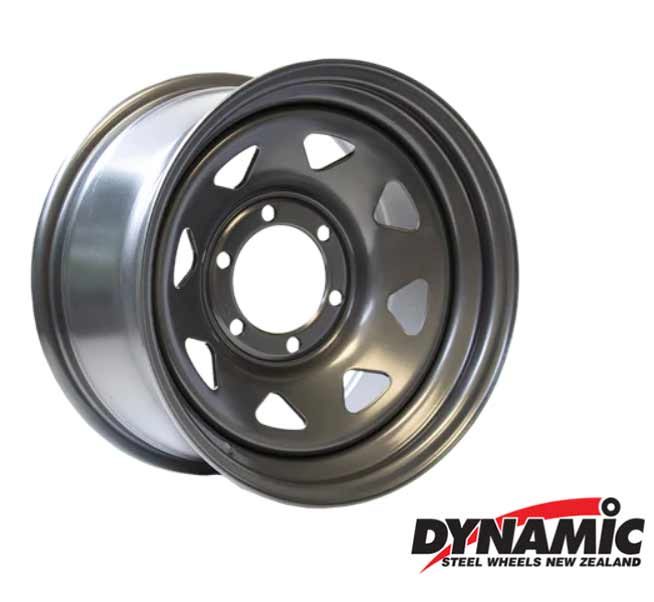
"*" indicates required fields
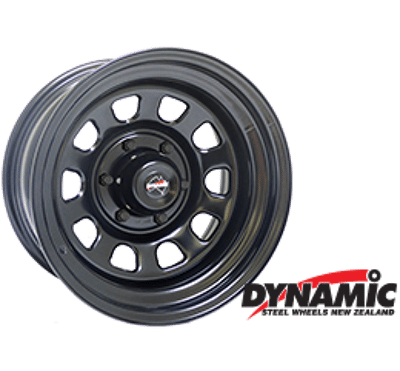
"*" indicates required fields

"*" indicates required fields
"*" indicates required fields